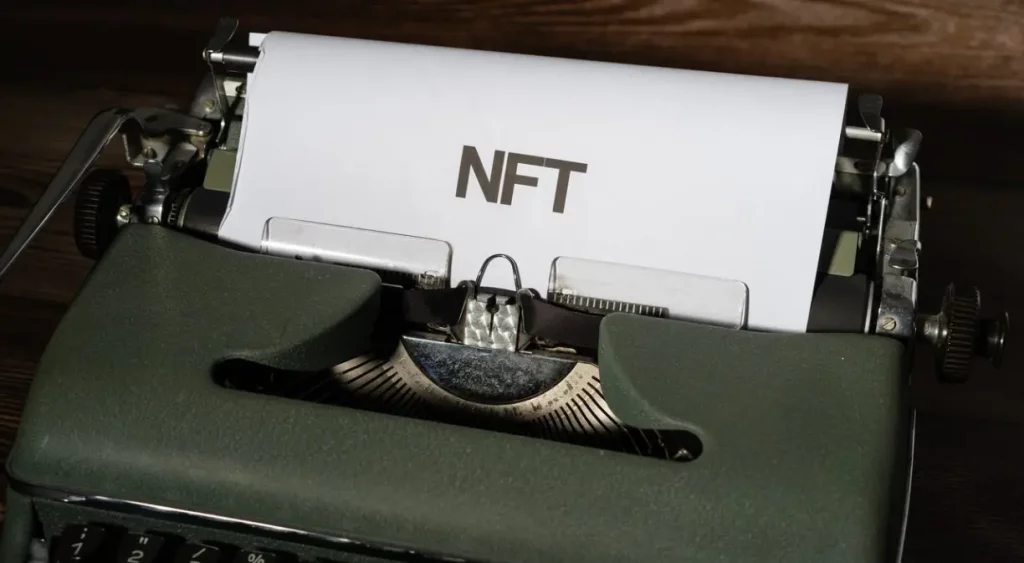
NFTs (non-fungible tokens) have become a sensation in the art, music and sports industry in recent years. NFTs are a unique and authentic form of digital property that has been created to offer creators a new way to monetize their works. Below, we’ll explain in more detail why NFTs were created and how they have changed the way we understand digital ownership.
The story behind NFTs
NFTs are nothing new, in fact, the idea of a unique and authentic digital property dates back to the early days of cryptocurrency. In 2012, software developer Colored Coins created technology that allowed users to «color» existing bitcoins to create new tokens that represented unique, tangible assets. This technology allowed users to create tokens that represented anything from company shares to concert tickets.
However, it wasn’t until Ethereum launched in 2015 that it became possible to create non-fungible tokens. Ethereum is a blockchain platform that allows developers to create decentralized applications and non-fungible tokens that can be traded and sold on an open market. NFTs are created using a smart contract standard called ERC-721, which ensures that each NFT is unique and cannot be exchanged for another token.
Why were NFTs created?
NFTs were created in order to offer creators a way to monetize their digital works. Before NFTs, creators couldn’t own or sell their digital works the same way they could physical works. Digital works were easily copyable and could be shared online without restriction. This meant that creators had no control over their work and were unable to monetize it effectively.
NFTs offer creators the ability to own and sell their digital works as if they were physical works. Each NFT is unique and can be verified for authenticity on the blockchain. This means that creators can sell their digital works as if they were pieces of art, with the value based on their rarity and authenticity. NFTs also allow creators to maintain full control over their work and ensure that they are fairly compensated for their work.
NFTs in the art industry
One of the industries that has benefited the most from NFTs has been art. Before NFTs, digital artists had a hard time monetizing their work in the same way as traditional artists. NFTs have given them the ability to own and sell their digital works as if they were physical works. This has led to a boom in the sale of digital artwork, with some NFTs selling for millions of dollars.
In addition, another of the great advantages that NFTs offer is that they allow creators to have greater control over their work. Being a unique and non-transferable product, the artist has the possibility to decide who has access to his work, how it is used and how it is distributed. This is especially important in the digital world, where piracy and plagiarism are very common problems. Thanks to NFTs, creators can ensure that their work is being used appropriately and that they receive fair compensation for their work.
But not everything are advantages. NFTs have also been criticized for being a form of speculation and a bubble that could burst at any time. Some experts believe that the value of NFTs is inflated and not sustainable in the long term. Others believe that it is simply a fad that will soon lose its appeal.
In any case, the truth is that NFTs have revolutionized the way we view art and digital assets. They have opened up a new world of possibilities for creators and collectors, and have shown that the value of art is not limited to the physical world. It is true that there is still a lot to explore in this field, and it is difficult to predict how NFTs will evolve in the future, but what is certain is that they are here to stay.
In conclusion, NFTs were created in order to offer a unique and non-transferable way to own and trade digital assets, especially in the art world. Although their value has been the subject of debate and criticism, it cannot be denied that they have been a true paradigm shift in the world of digital assets. NFTs offer a new way of understanding value and ownership, and have opened up a world of possibilities for creators and collectors around the world.